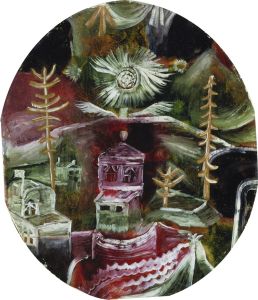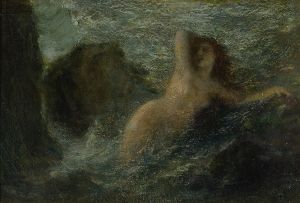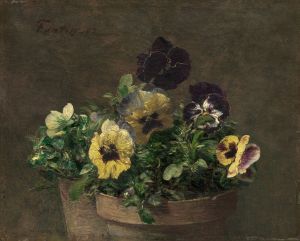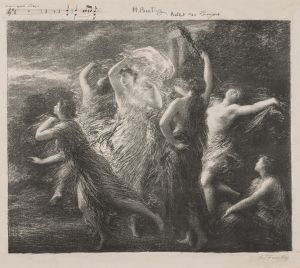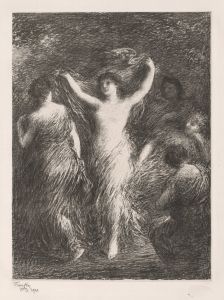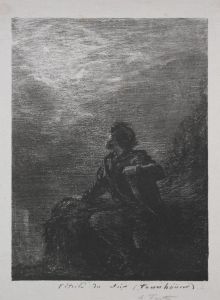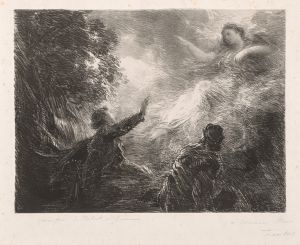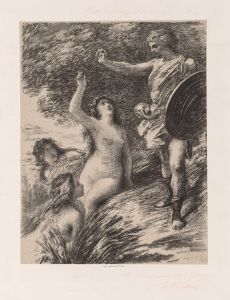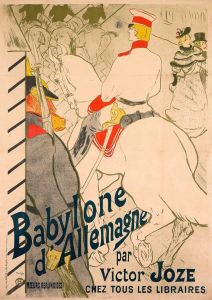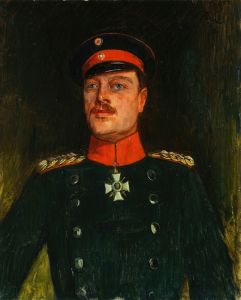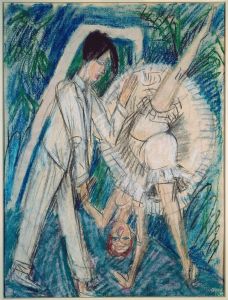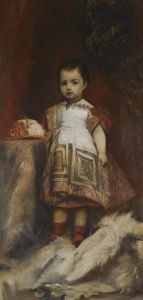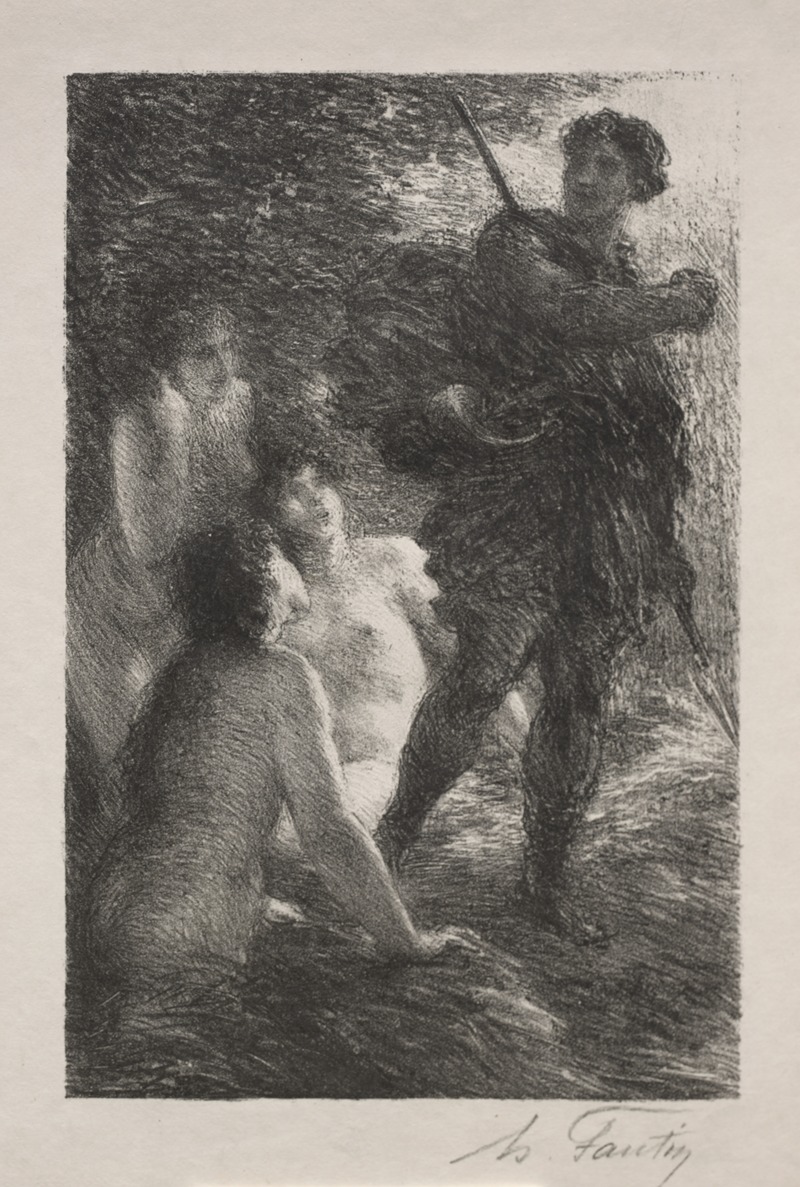
Twilight of the Gods, Act III; Sigfried and the Rhine Maidens
A hand-painted replica of Henri Fantin-Latour’s masterpiece Twilight of the Gods, Act III; Sigfried and the Rhine Maidens, meticulously crafted by professional artists to capture the true essence of the original. Each piece is created with museum-quality canvas and rare mineral pigments, carefully painted by experienced artists with delicate brushstrokes and rich, layered colors to perfectly recreate the texture of the original artwork. Unlike machine-printed reproductions, this hand-painted version brings the painting to life, infused with the artist’s emotions and skill in every stroke. Whether for personal collection or home decoration, it instantly elevates the artistic atmosphere of any space.
Henri Fantin-Latour, a French painter renowned for his still lifes and group portraits, created the artwork "Twilight of the Gods, Act III; Siegfried and the Rhine Maidens" in 1875. This painting is inspired by Richard Wagner's opera cycle Der Ring des Nibelungen (The Ring of the Nibelung), specifically the third act of Götterdämmerung (Twilight of the Gods), the final opera in the series. Fantin-Latour was deeply influenced by Wagner's music and often sought to translate its dramatic and emotional intensity into visual form.
The painting depicts a scene from Götterdämmerung in which Siegfried encounters the Rhine Maidens, mythical water spirits who guard the Rhine gold. In Wagner's narrative, the Rhine Maidens warn Siegfried of the curse attached to the gold and implore him to return it to the river. However, Siegfried, unaware of the full consequences of his actions, dismisses their pleas. Fantin-Latour captures the tension and mysticism of this moment, emphasizing the ethereal presence of the Rhine Maidens and the heroic yet tragic figure of Siegfried.
Fantin-Latour's work reflects his admiration for Wagner's operas, which were highly influential in the late 19th century. The artist was part of a broader cultural movement that celebrated Wagner's revolutionary approach to music and storytelling. Fantin-Latour's interpretation of Wagnerian themes often involved dreamlike compositions, blending mythological elements with a sense of poetic realism. In this painting, he employs a soft, almost otherworldly palette, with muted tones and delicate brushwork that evoke the mystical atmosphere of the Rhine.
The painting is notable for its romantic and symbolic qualities, characteristic of Fantin-Latour's later works. While he is best known for his still-life paintings of flowers and fruits, his Wagner-inspired pieces demonstrate his versatility and his ability to convey narrative and emotion. "Twilight of the Gods, Act III; Siegfried and the Rhine Maidens" is part of a series of works Fantin-Latour created based on Wagner's operas, showcasing his dedication to capturing the spirit of the music in visual form.
Today, this painting is recognized as an example of the intersection between visual art and music in the 19th century. It reflects the broader cultural fascination with Wagner's operas and their impact on artists of the time. Fantin-Latour's ability to translate the dramatic and symbolic elements of Wagner's work into painting has earned him a unique place in the history of art.





